
Ralph Waldo Emerson, who went by his middle name Waldo, was an American essayist, lecturer, philosopher, abolitionist, and poet who led the transcendentalist movement of the mid-19th century. He was seen as a champion of individualism and a prescient critic of the countervailing pressures of society. Friedrich Nietzsche considered him "the most gifted of the Americans" and Walt Whitman referred to him as his "master".
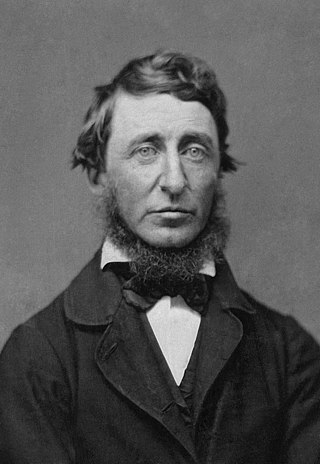
Henry David Thoreau was an American naturalist, essayist, poet, and philosopher. A leading transcendentalist, he is best known for his book Walden, a reflection upon simple living in natural surroundings, and his essay "Civil Disobedience", an argument for disobedience to an unjust state.

John Brown was an American abolitionist leader. First reaching national prominence for his radical abolitionism and fighting in Bleeding Kansas, he was eventually captured and executed for a failed incitement of a slave rebellion at Harpers Ferry preceding the American Civil War.
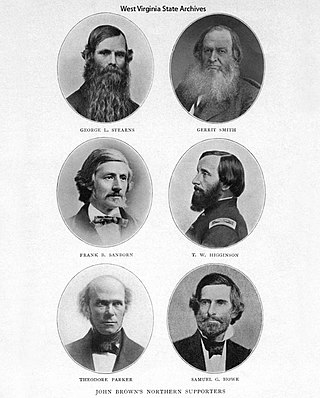
The so-called Secret Six, or the Secret Committee of Six, were a group of men who secretly funded the 1859 raid on Harper's Ferry by abolitionist John Brown. Sometimes described as "wealthy," this was true of only two. The other four were in positions of influence, and could, therefore, encourage others to contribute to "the cause."

George Luther Stearns was an American industrialist and merchant in Medford, Massachusetts, as well as an abolitionist and a noted recruiter of black soldiers for the Union Army during the American Civil War.
Hundreds of copies of a provisional constitution were found among John Brown's papers after his 1859 raid on Harper's Ferry, Virginia. It called for a new state in the Appalachian Mountains, a sort of West Virginia, populated by escaped slaves from plantations, which were at lower altitudes. It was introduced into evidence at his trial as evidence of sedition.
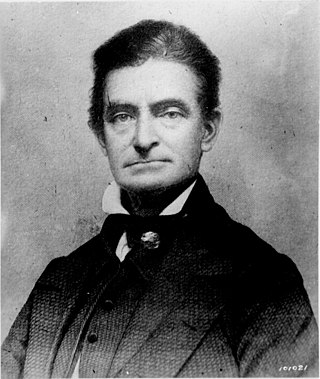
Virginia v. John Brown was a criminal trial held in Charles Town, Virginia, in October 1859. The abolitionist John Brown was quickly prosecuted for treason against the Commonwealth of Virginia, murder, and inciting a slave insurrection, all part of his raid on the United States federal arsenal at Harpers Ferry, Virginia. He was found guilty of all charges, sentenced to death, and was executed by hanging on December 2. He was the first person executed for treason in the United States.
It was in many respects a most remarkable trial. Capital cases have been exceedingly few in the history of our country where trial and conviction have followed so quickly upon the commission of the offense. Within a fortnight from the time when Brown had struck what he believed to be a righteous blow against what he felt to be the greatest sin of the age he was a condemned felon, with only thirty days between his life and the hangman's noose.
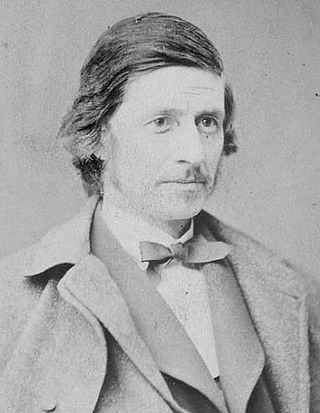
Franklin Benjamin Sanborn was an American journalist, teacher, author, reformer, and abolitionist. Sanborn was a social scientist, and a memorialist of American transcendentalism who wrote early biographies of many of the movement's key figures. He founded the American Social Science Association, in 1865, "to treat wisely the great social problems of the day". He was a member of the so-called Secret Six, or "Committee of Six", which funded or helped obtain funding for John Brown's Raid on Harpers Ferry; in fact he introduced Brown to the others.

John Anthony Copeland Jr. was born free in Raleigh, North Carolina, one of the eight children born to John Copeland Sr. and his wife Delilah Evans, free mulattos, who married in Raleigh in 1831. Delilah was born free, while John was manumitted in the will of his master. In 1843 the family moved north, to the abolitionist center of Oberlin, Ohio, where he later attended Oberlin College's preparatory division. He was a highly visible leader in the successful Oberlin-Wellington Rescue of 1858, for which he was indicted but not tried. Copeland joined John Brown's raid on Harpers Ferry; other than Brown himself, he was the only member of John Brown's raiders that was at all well known. He was captured, and a marshal from Ohio came to Charles Town to serve him with the indictment. He was indicted a second time, for murder and conspiracy to incite slaves to rebellion. He was found guilty and was hanged on December 16, 1859. There were 1,600 spectators. His family tried but failed to recover his body, which was taken by medical students for dissection, and the bones discarded.

The Ralph Waldo Emerson House is a house museum located at 18 Cambridge Turnpike, Concord, Massachusetts, and a National Historic Landmark for its associations with American philosopher Ralph Waldo Emerson. He and his family named the home Bush. The museum is open mid-April to mid-October; an admission fee is charged.

Shields Green, who also referred to himself as "'Emperor"', was, according to Frederick Douglass, an escaped slave from Charleston, South Carolina, and a leader in John Brown's raid on Harpers Ferry, in October 1859. He had lived for almost two years in the house of Douglass, in Rochester, New York, and Douglass introduced him there to Brown.

John Brown's raid on Harpers Ferry was an effort by abolitionist John Brown, from October 16 to 18, 1859, to initiate a slave revolt in Southern states by taking over the United States arsenal at Harpers Ferry, Virginia. It has been called the dress rehearsal for, or tragic prelude to, the Civil War.
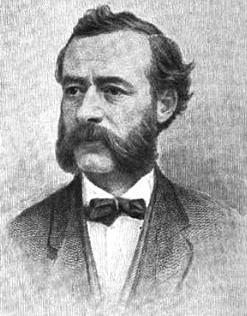
James Redpath was an American journalist and anti-slavery activist.

Seven Angry Men is a 1955 American Western film directed by Charles Marquis Warren and starring Raymond Massey, Debra Paget and Jeffrey Hunter.
A Yankee in Canada, with Anti-Slavery and Reform Papers is an anthology of works by Henry David Thoreau, edited by his sister Sophia Thoreau and his friends William Ellery Channing and Ralph Waldo Emerson. It was published in 1866, after Thoreau’s death, by Ticknor and Fields, the Boston firm that had published Walden.
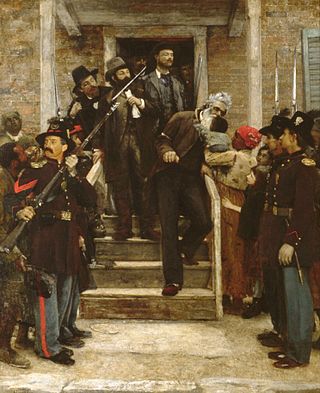
The Last Moments of John Brown is a late 19th-century painting by Irish-American artist Thomas Hovenden. Done in oil on canvas, the painting depicts American abolitionist John Brown being led to his execution. The painting is on display at the Metropolitan Museum of Art.

John Brown's last speech, so called by his first biographer, James Redpath, was delivered on November 2, 1859. John Brown was being sentenced in a courtroom packed with whites in Charles Town, Virginia, after his conviction for murder, treason against the Commonwealth of Virginia, and inciting a slave insurrection. According to Ralph Waldo Emerson, the speech's only equal in American oratory is the Gettysburg Address.
On Sunday night, October 16, 1859, the abolitionist John Brown led a motley band of 22 in a raid on the federal arsenal at Harpers Ferry, Virginia. Most were much younger than him, and varied dramatically in social class and education. "It would be hard to find again such a strange party as that which upheld John Brown in his daring expedition."
The Concord Female Anti-Slavery Society was a female abolitionist organisation in Concord, Massachusetts, in the mid 19th century. This society was a significant influence on Henry David Thoreau, Ralph Waldo Emerson, and Louisa May Alcott.
















